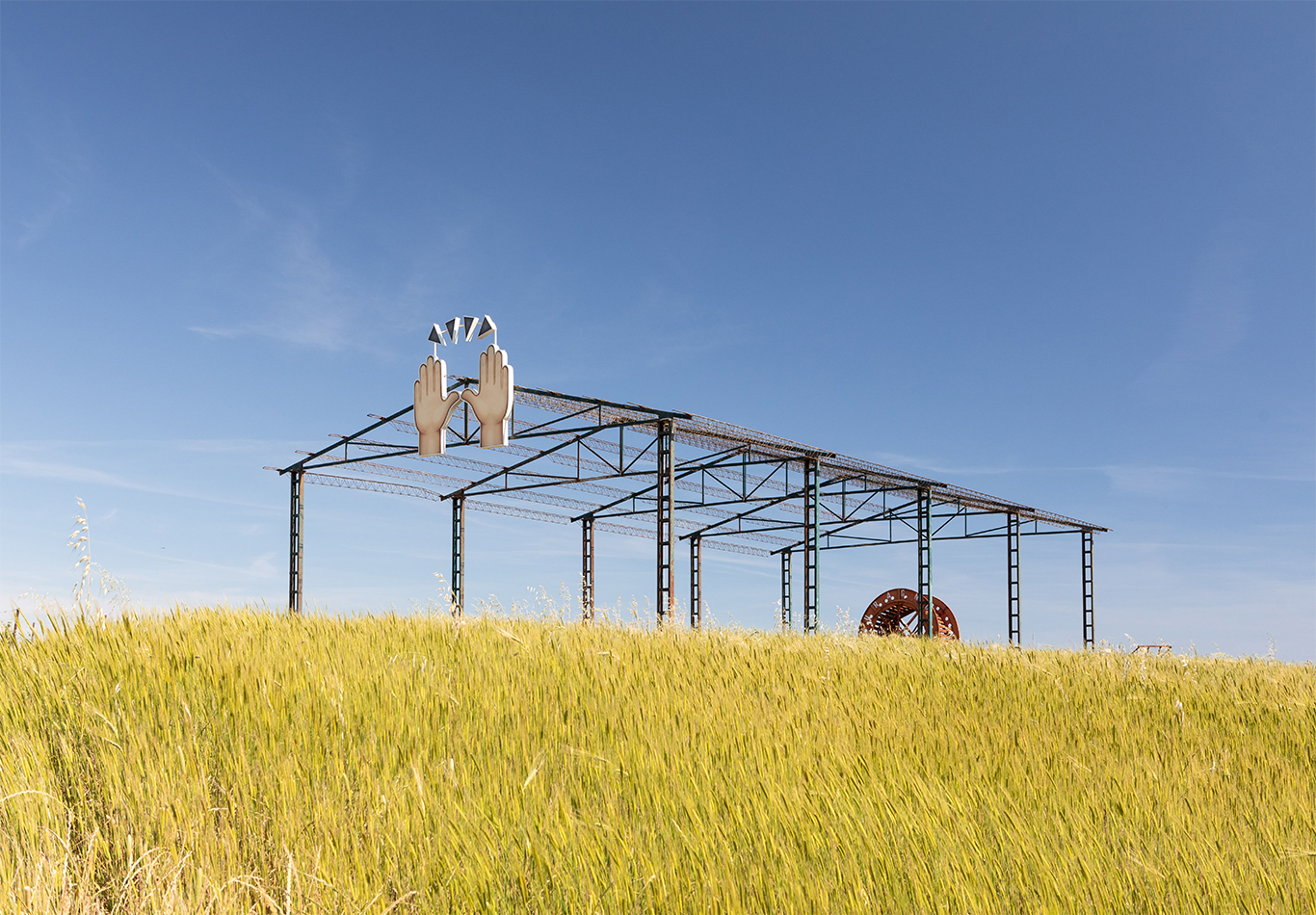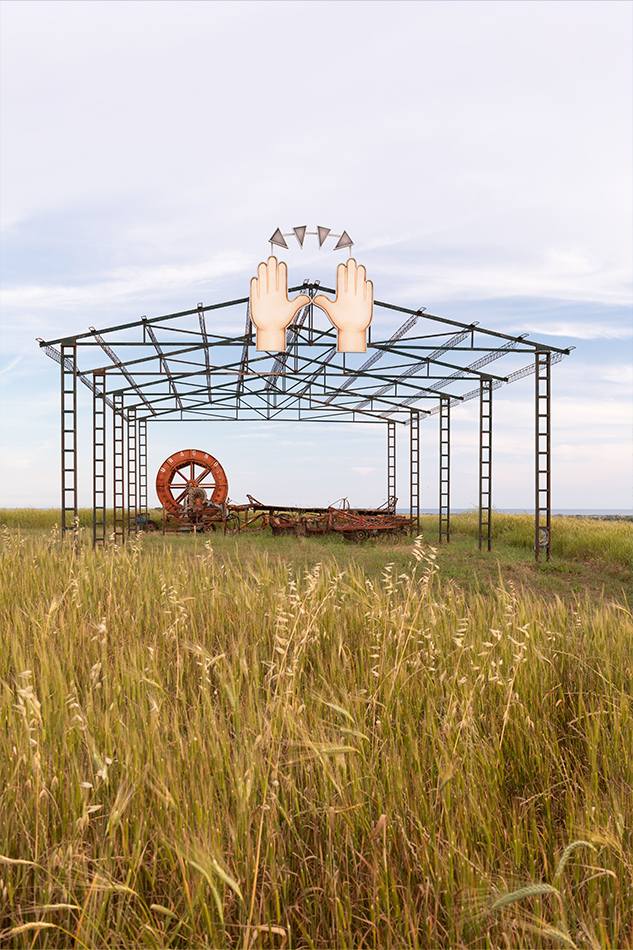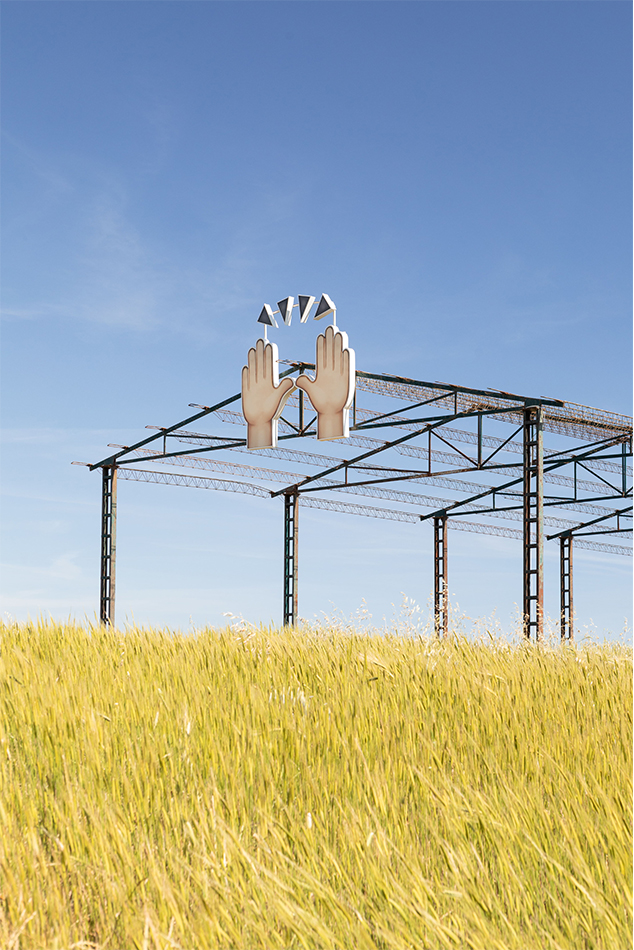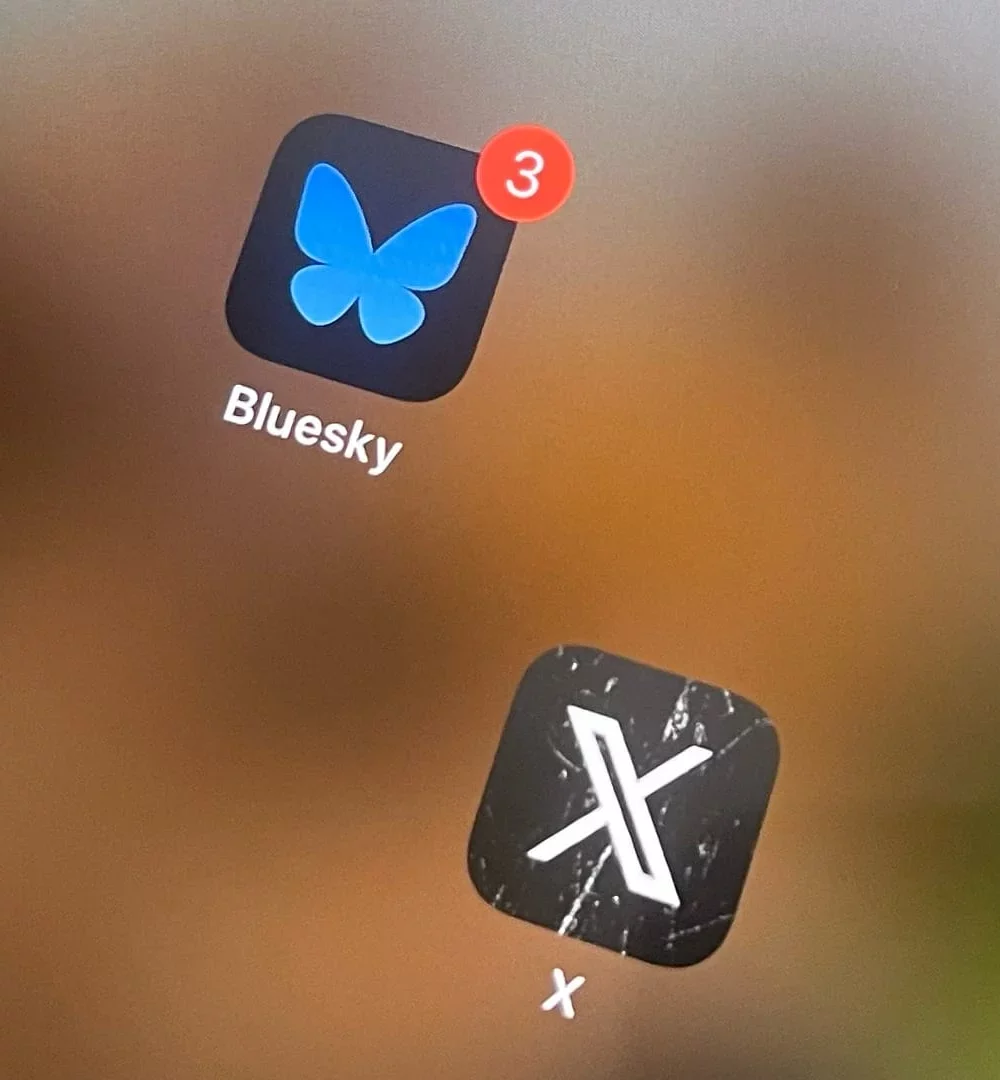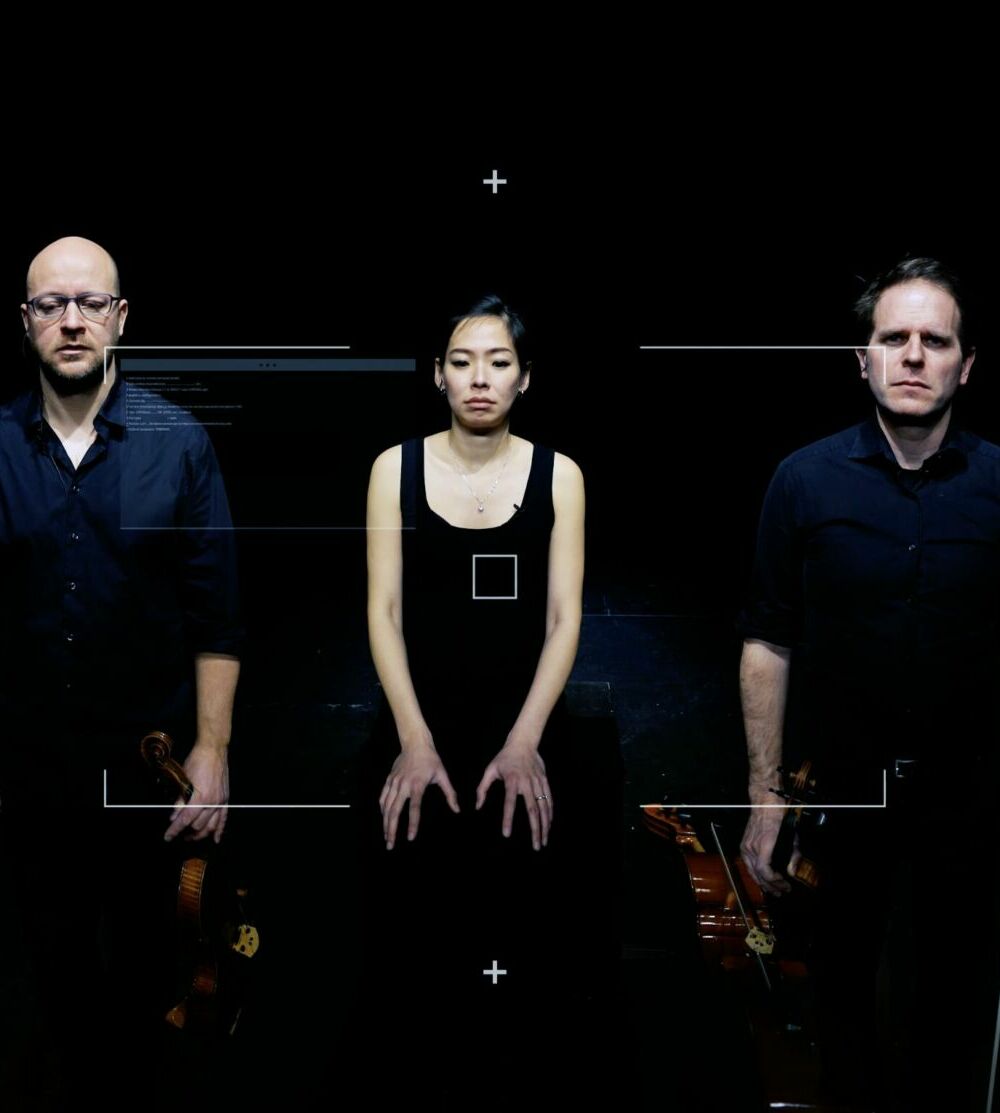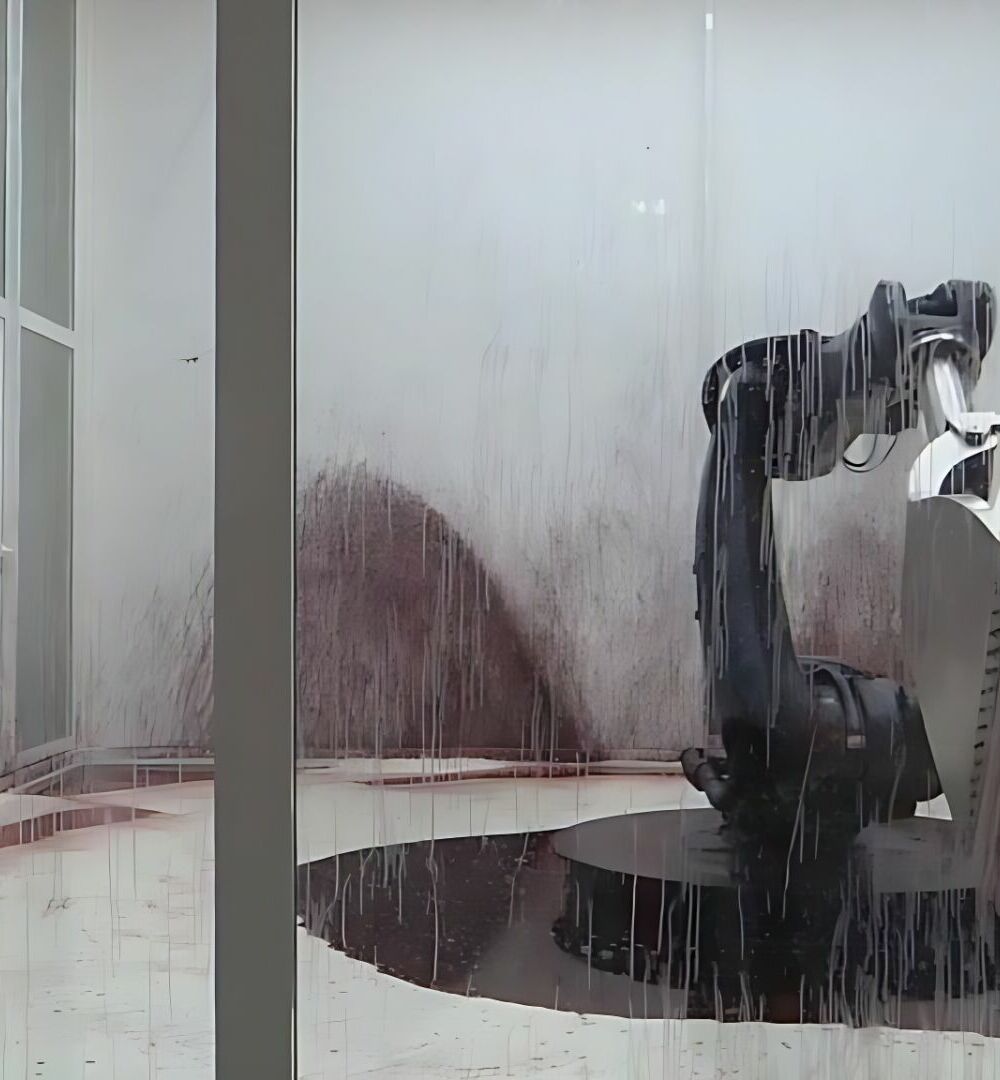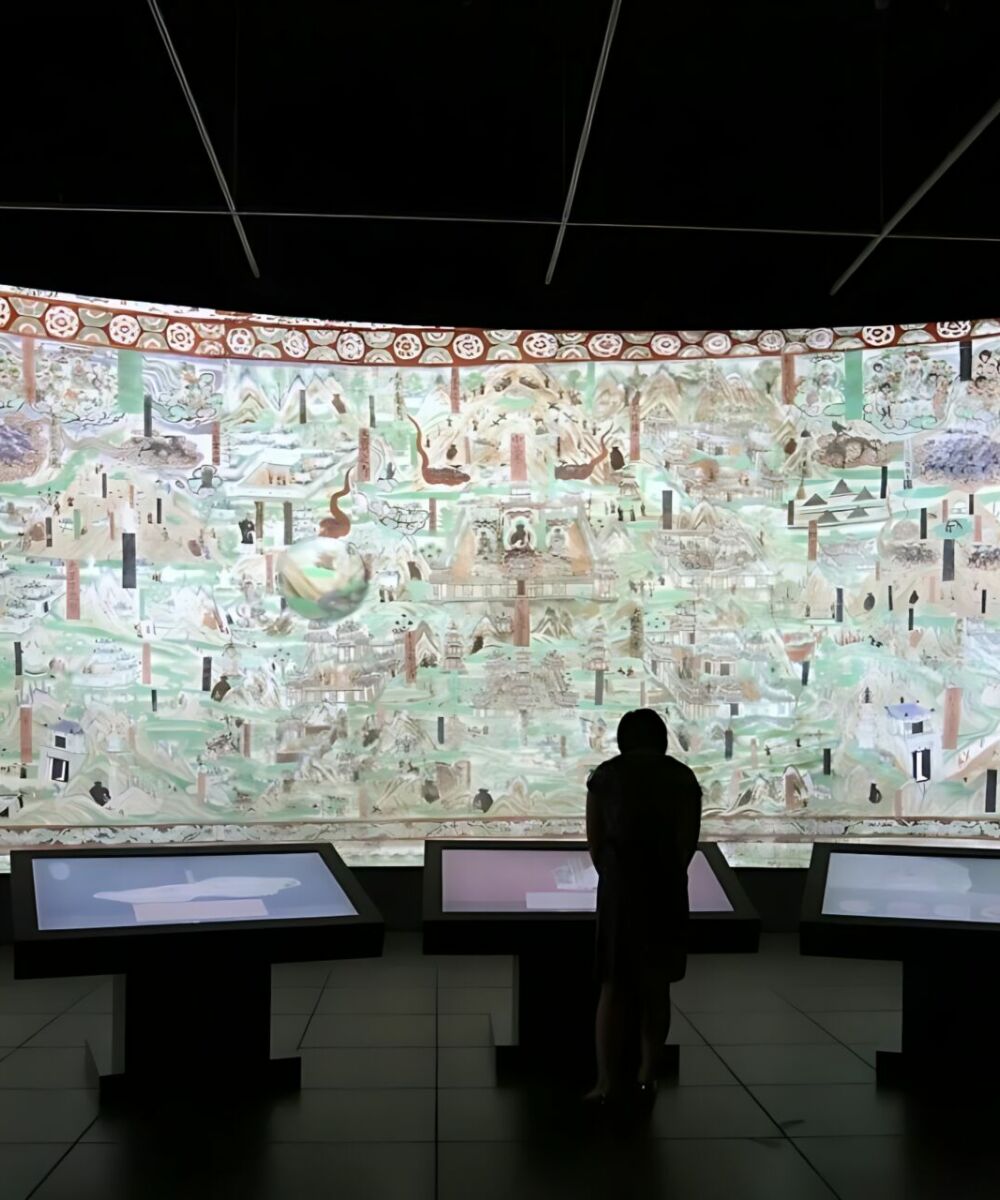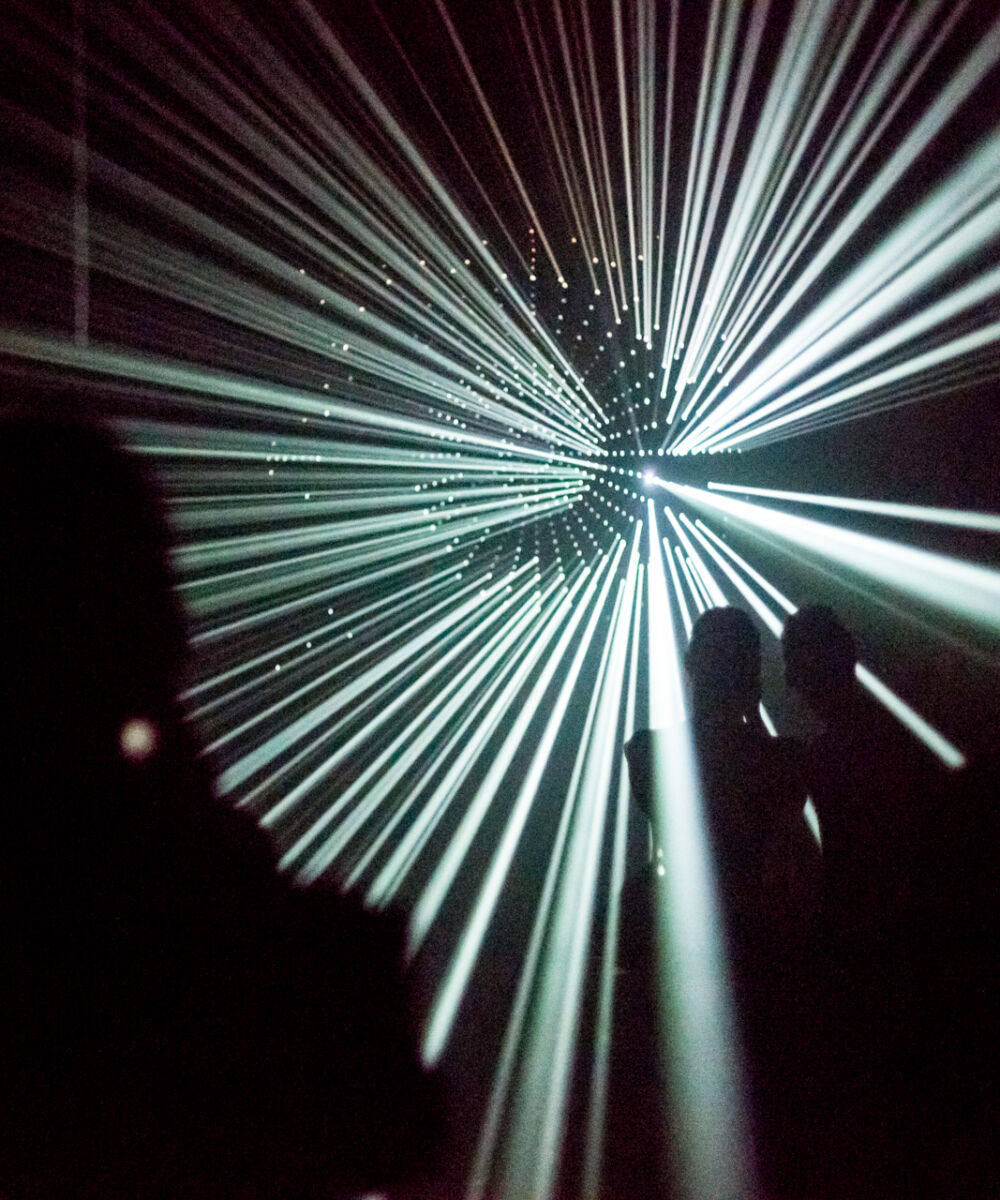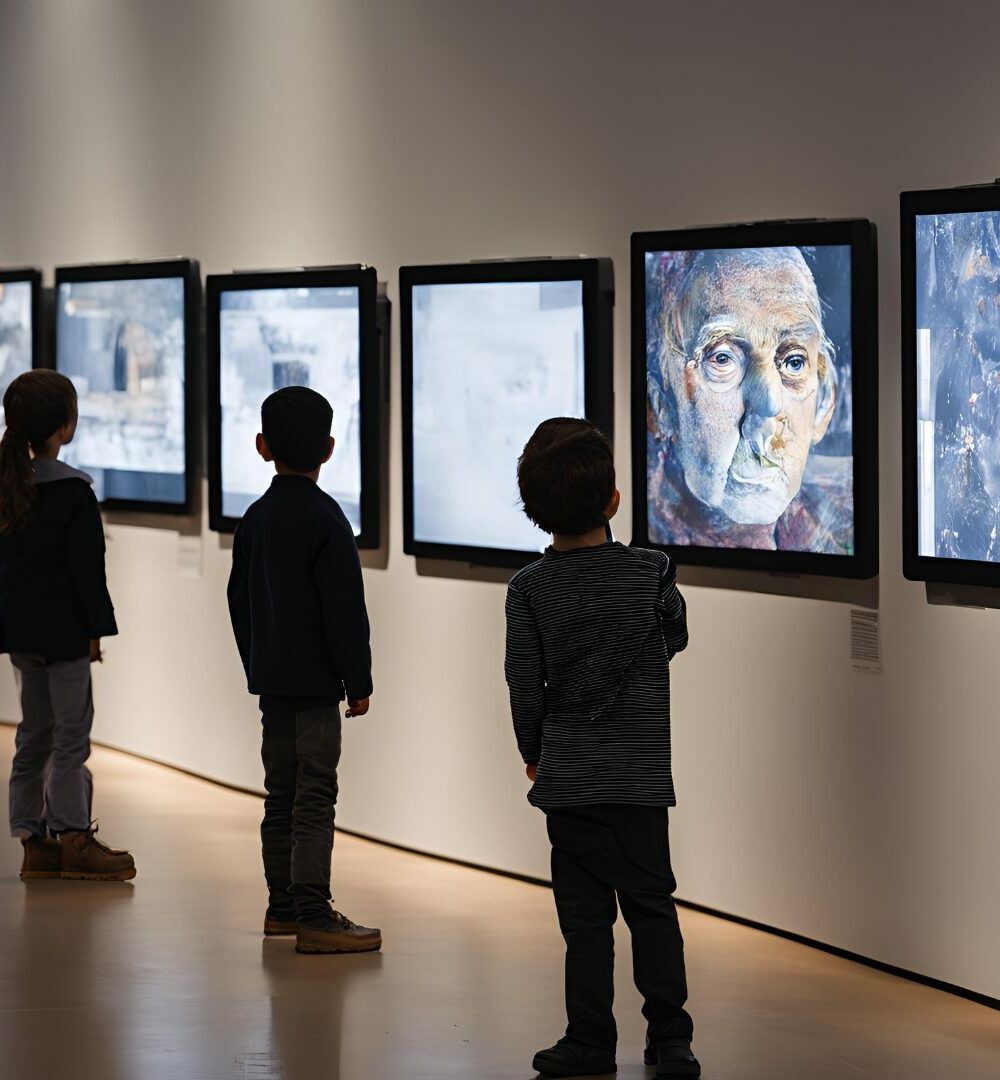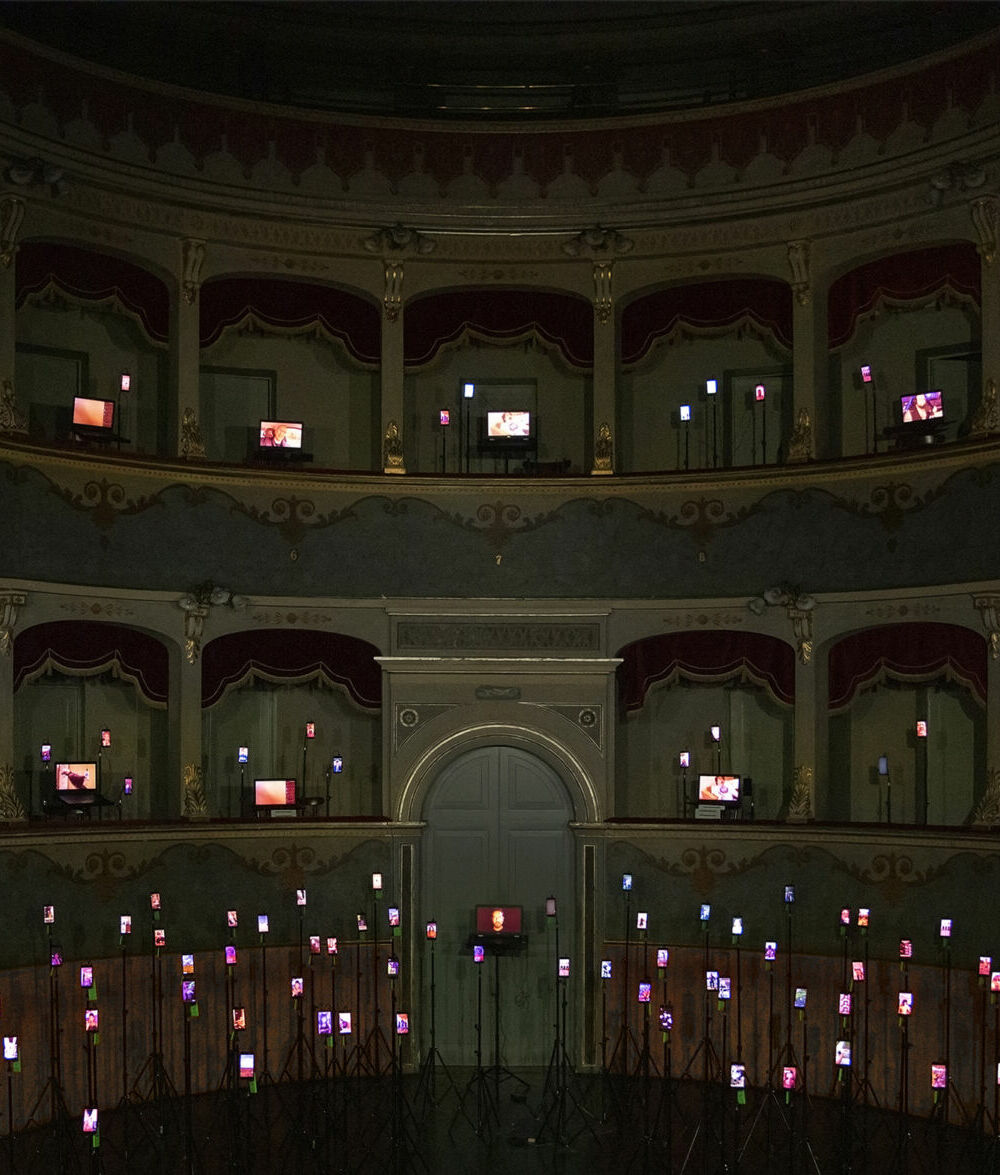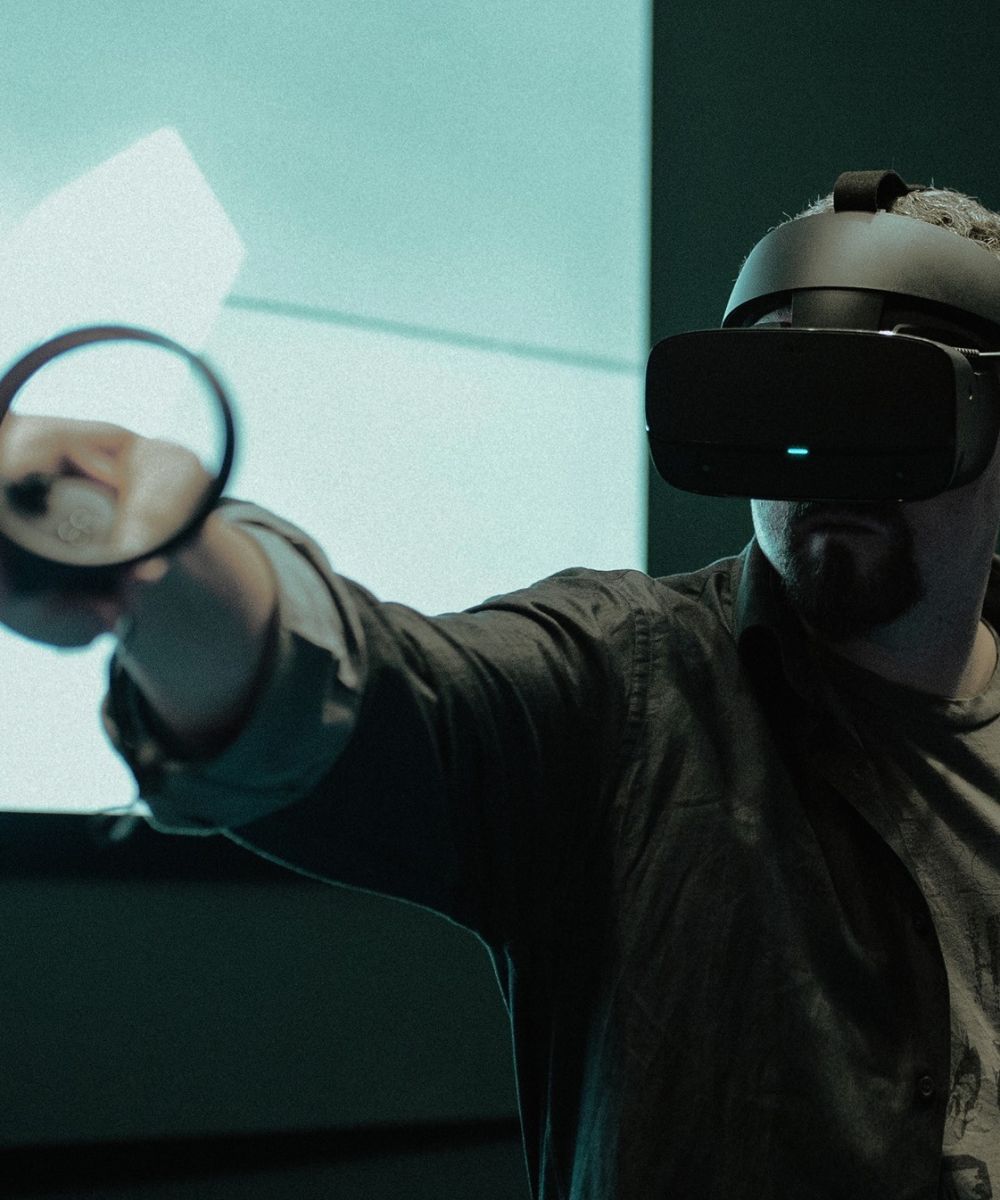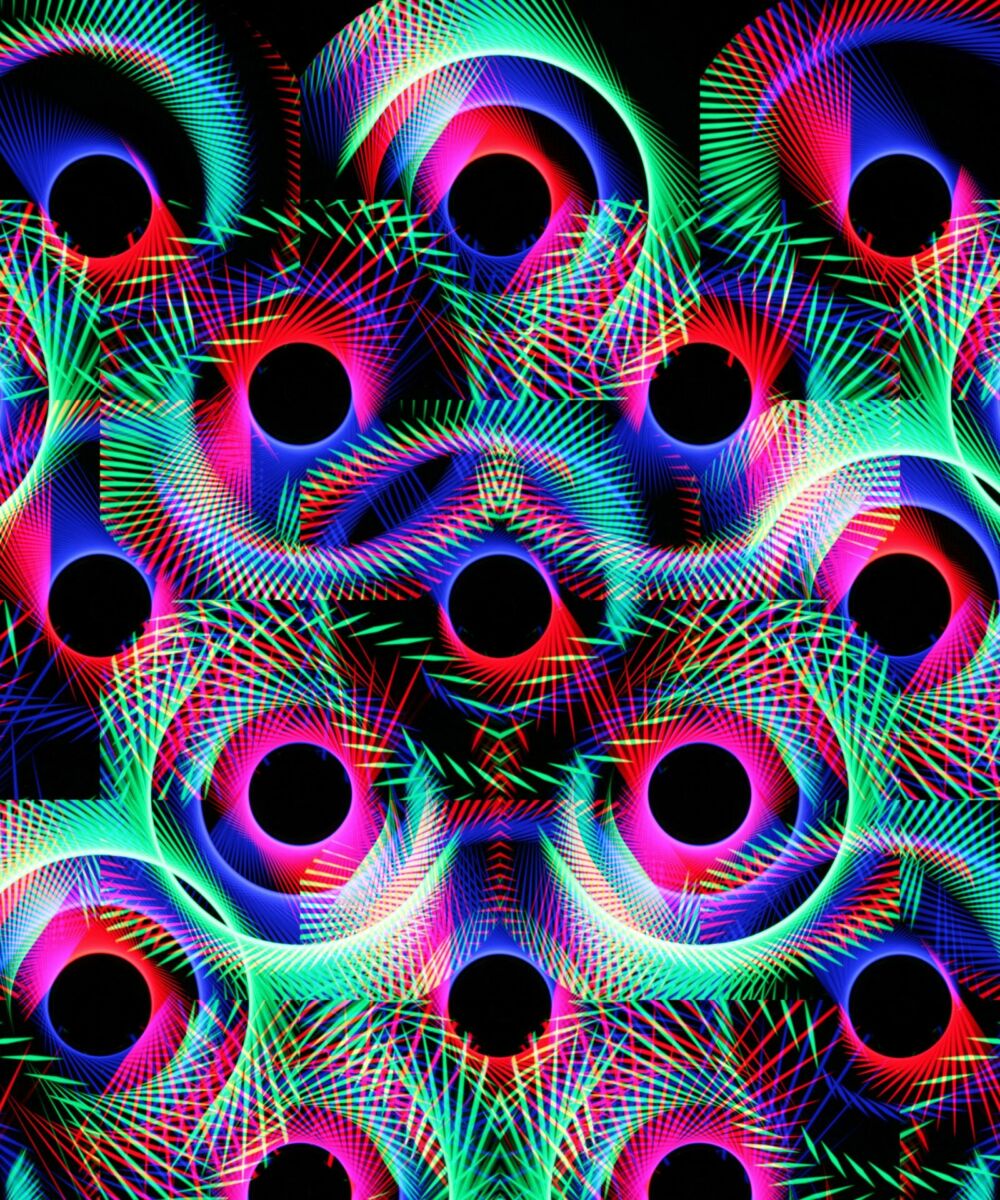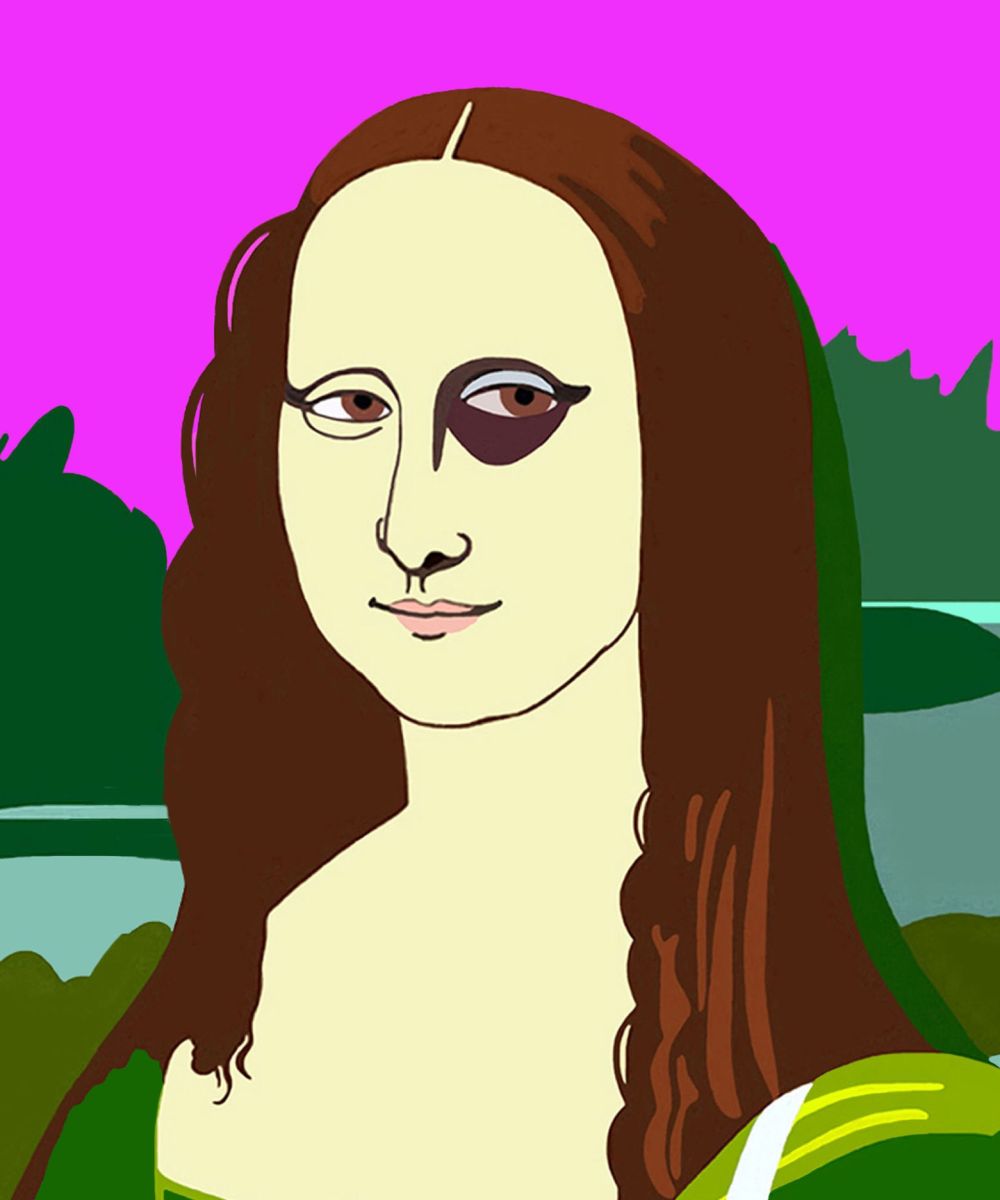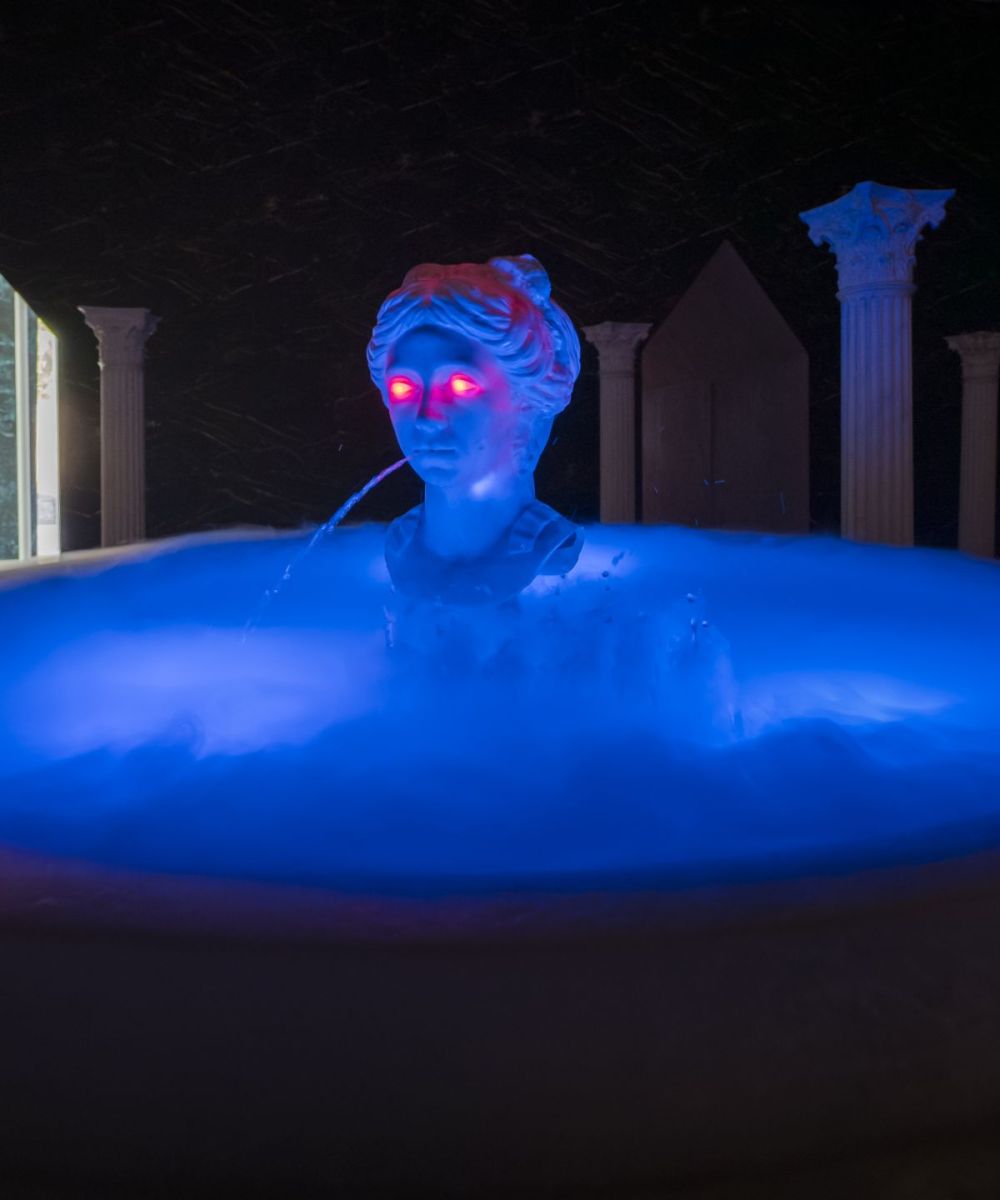Art and Emoticons: the language of emotions
by Lavinia Elizabeth Landi
If you enter the coordinates 42.4437339 and 11.4855630 in digital maps, you will find an exact point in the wilds of the Maremma, at the top of a hill near the Fattoria Stendardi in Pescia Fiorentina, a place chosen by the artistic collective, neo-conceptual artist, Claire Fontaine for one of her works inspired by the language of emoticons and created for the sixth Hypermaremma Festival. On the top of an uncompleted structure, originally intended for rural use, the renowned ready-made artist, who refuses the individuality of her two components, has installed the emoticon of raised hands, Left & Right, a “ready-made” symbol that is part of her latest research focussed on the emoticon language. In English, Emoticon is the combination of the words emotion and icon, or Emoji, in Japanese. They represent the tiny icons used in digital communication, According to Claire Fontaine: “they are our hieroglyphics, pictograms to describe the spiritual and the trivial”. According to the collective, emoticons are used specifically to “describe emotions in the absence of the body or the voice, when words may seem inadequate”.
The first to realise this concept was the American computer science professor, Scott Fahlman, in 1982, who proposed the symbol sequence : -) “to highlight the joke”, while the first set of emojis, composed of over a hundred and seventy icons – was created in 1999 in Japan by Shigetaka Kurita. It has been part of the MoMa collection since 2016. In this way, by materialising virtual forms, rather like an “anti-NFT” reaction, Claire Fontaine trasforms her selected icons into luminous sculptures that become “the hyper contemporary portrait of our social relations, composed of prefabricated images and written messages, exchanged on electronic devices that we constantly keep close to our bodies, and that we touch more frequently than we caress any living creature near us”.
Her latest works include: Melting Point, the melting yellow smiley face; On Fire, portrays a flame often used as a positive comment; the sun, shown in A Brighter Tomorrow; the bundle of cash in Stash and the raised hands with palms outwards, in the sculpture, Left and Right, an ambiguous gesture that can be interpreted as either surrender or approval.
In the ever-increasing infinity of emoticons, how did you decide which ones to transform in art?
We separated the examples most frequently used in conversations on global warming: the sun, fire, or the melting smiley face; then we also singled out those which could have a more ambiguous meaning, like the raised hands, that can mean a sign of peace or admiration.
One of the main criticisms concerning the use of emoticons is that it can reduce the use of words. What do you think?
Words are not the only form of human communication, and the idea that verbal or written language is a more evolved form of expression than others, demonstrates that we live in a patriarchal society and are unaware of other values. The use of emojis is a creative phenomenon of induction, deduction, active creation of conventions and sense-making. As an artist, I am mainly interested in the ready-made aspect, an innovation and a creative form for remote communication.
There have been a number of different discussions on the inclusion of certain missing emoticons, such as hair or skin colour, or disabilities. In the battles concerning politically correct and inclusive language, what role do emoticons play?
It is difficult to imagine that emoticons are able to express all the complexity that we feel we need, and naturally it is human to realise that certain choices interpret a representation of the world. In any case, observing the way these phenomena have evolved, and the value-in-use that people attribute to prefabricated forms, we consider that the most interesting emoticons are those that are the least realistic and that leave more space for creativity.
Lavinia Landi
Graduate of Trinity College Dublin in English Literature and Sociology, in 2023 she received her Master’s degree in Journalism from New York University. She currently works as a journalist for La Repubblica Florence and other newspapers, covering art and culture.


